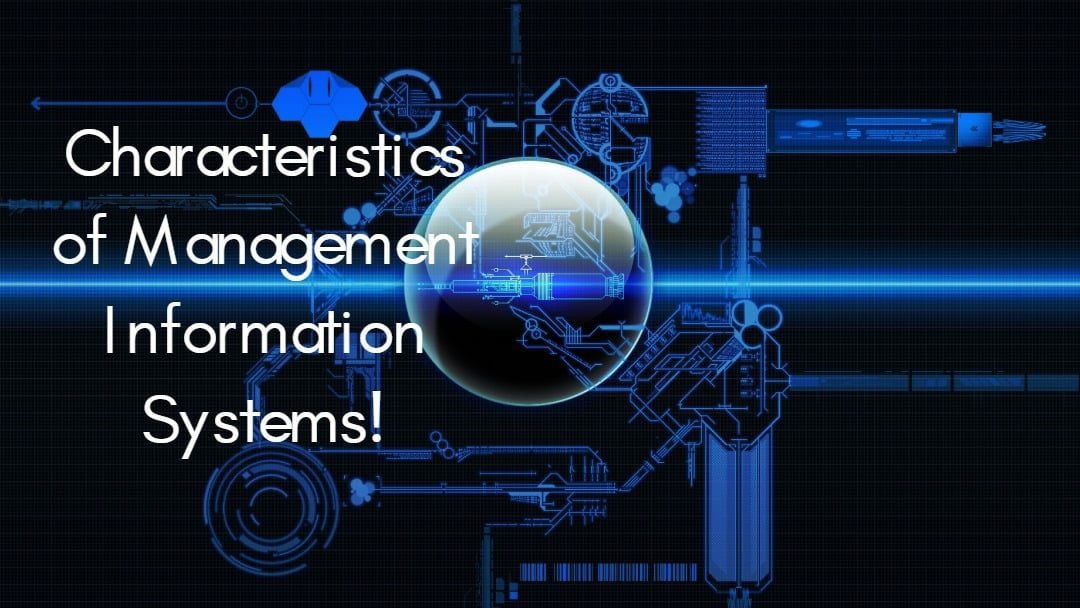Learn and Explain, What is the Concept of Corporate Planning?
A plan is a predetermined course of action to be taken in the future. It is a document containing the details of how the action will be executed and it is made on a timescale. The goals and the objective that a plan is supposed to achieve are the prerequisites of a plan. The setting of the goals and the objective is the primary task of the Management without which planning cannot begin. Also learned, Management As a Control System! What is the Concept of Corporate Planning?
Planning means taking a deep look into the future and assessing the likely events in the total business environment and taking a suitable action to meet any eventuality. It further means generating the courses of action to meet the most likely eventuality. Planning is a dynamic process. As the future becomes the present reality, the course of action decided earlier may require a change. Planning, therefore, calls for a continuous assessment of the predetermined course of action versus the current requirements of the environment. The essence of planning is to see the opportunities and the threats in the future and predetermine the course of action to convert the opportunity into a business gain and to meet the threat to avoid any business loss.
Planning involves a chain of decisions, one dependent on the other since it deals with a long-term period. A successful implementation of a plan means the execution of these decisions in a right manner one after another.
Planning, in terms of future, can be long-range or short-range. Long-range planning is for a period of five years or more, while short-range planning is for one year at the most. The long-range planning is more concerned about the business as a whole and deals with the subject like the growth and the rate of growth, the direction of the business, establishing some position in the business world by way of a corporate image, a business share and so on. On the other hand, short-range planning is more concerned with the attainment of the business results of the year. It could also be in terms of action by certain business tasks, such as the launching of a new product, starting a manufacturing facility, completing the project, achieving intermediate milestones on the way to the attainment of goals. The goals relate to long-term planning and the objective related to the short-term planning. There is a hierarchy of objectives which together take the company to the attainment of goals. The plans, therefore, relate to the objectives when they are short-range and to goals when they are the long-range.
Long-range planning deals with resource selection, its acquisition, and allocation. It deals with the technology and not with the methods or the procedures. It talks about the strategy of achieving the goals. The right strategy improves the chance of success tremendously. At the same time, a wrong strategy means a failure in achieving the goals.
Corporate business planning deals with the corporate business goals and objectives. The business may be a manufacturing or a service; it may deal with the industry or trade; may operate in a public or a private sector; may be a national or an international business. Corporate business planning is a necessity in all cases. Though the corporate business planning deals with a company, its universe is beyond the company. The corporate business plan considers the world trends in the business, the industry, the technology, the international markets, the national priorities, the competitors, the business plans, the corporate strengths and the weaknesses for preparing a corporate plan. Planning, therefore, is a complex exercise of steering the company through the complexities, the difficulties, the inhibitions and the uncertainties towards the attainment of goals and objective.
#Dimensions of Planning:
The corporate business plan has five dimensions. These are time, entity, organization, elements and characteristics.
#Time:
The plan may either be long-range or short-range, but the execution of the plan is, year after year. The plan is made on a rolling basis where every year it is extended by one year, keeping the plan period for the next five years. The rolling plan provides an opportunity to correct or revise the plan in the light of any new information the planner may receive.
#Entity:
The planning entity is the thing on which the plan is focused. The entity could be the production in terms of quantity or it could be a new product. It could be about the finance, the marketing, the capacity, the manpower or the research and development. The goals and the objectives would be stated in terms of these entities. A corporate plan may have several entities.
#Organization:
The corporate plan would deal with the company as a whole, but it has to be broken down for its subsidiaries, if any, such as the functional groups, the divisions, the product groups and the projects. The breaking of the corporate business plan into smaller organizational units helps to fix the responsibility for execution. The corporate plan, therefore, would be a master plan and it would comprise several subsidiary plans.
#Elements:
The plan is made out of several elements. The plan begins with the mission and goal which the organization would like to achieve. It may provide a vision statement for all to understand as also the purpose, focus, and direction the organization would like to move towards. It would at the outset, place certain policy statements emerging out of management s business philosophy, culture and style of functioning followed by policy statements. Next, it would declare the strategies in various business functions, which would enable the organization to achieve the business objectives and targets. It would spell out a program of execution of plan and achievements. It provides support for rules, procedures, and methods of plan implementation, wherever necessary. One important element of the plan is a budget stipulated for achieving certain goals and business targets. The budgets are provided for sales, production, stocks, resources, expenses which are monitored for the time in execution period. The budgets and performance provide meaningful measure about success and failure of the plan designed to achieve certain goals.
#Characteristics:
There are no definite characteristics of a corporate plan. The choice of characteristics is a matter of convenience helping to communicate to everybody concerned in the organization and for an easy understanding in execution. The features of a plan could be several and could have several parts. The plan is a confidential written document subject to the charge and known to a limited few in the organization. It is described in the quantitative and qualitative terms. The long-term plan is normally flexible while the short-term one is generally not. The plan is based on the rational assumptions about the future and gives weight age to the past achievements and corporate strength and weal messes. The typical characteristics of a corporate plan are the goals, the resources, the important milestones, the investment details and a variety of schedules.
#Concepts of Corporate Planning:
Corporate planning is the process of creating a path to profitability for the enterprise, including determining how and where to market the company’s products and services. When preparing a business plan the small business owner also forecasts financial results for the upcoming year — revenues, expenses and the resulting profit. Planning has its own terminology, concepts, and techniques that must be understood in order for the business owner to be able to create a realistic plan that can be implemented successfully.
- Mission Statement: In defining his mission statement, the small business owner states the value he wants to provide his customers, employees or society as a whole. He articulates why he decided to go into business — what he wants to accomplish through building the company.
- Business Model: The concept of a business model has two components: how the company is going to generate sales and why the company will be profitable. The business may have several revenue streams, such as selling products, offering service contracts for the products and selling subscriptions to premium content on the company’s website. The company also has factors related to its operations that will cause it to be able to earn a profit. Lower production costs, relative to other companies in its industry, is a positive factor for the company.
- Goals: Goals, or objectives as they are also called, describe the end result the business owner seeks to achieve. During the planning process, the business owner and his management team set numerous goals — major goals, such as revenues and profit margin percentage, as well as goals for each department and sometimes each individual — to ensure that all members of the organization put forth their best efforts and work as a cohesive team.
- Strategies and Tactics: Strategies describe how the company’s resources will be directed to accomplish the goals. A strategy could be, for example, to sell the company’s products through independent sales reps and in-house salespeople. Tactics are specific steps taken to implement each of the strategies, showing who is responsible for implementing them and when each step needs to be completed.
- Competitive Advantage: Companies succeed over the long term because they create and maintain competitive advantages — aspects of their products or service levels that deliver greater value to customers than those of competitors. The customers perceive this greater value and continue to do business with the company becoming loyal, repeat customers.
- Financial Forecast: The forecast is created using spreadsheet software. The business owner builds revenue models that calculate the expected sales — units and dollars. He then estimates what the expenses for the company will be — what will it cost to create products or services, market them and fund the company’s operations including facilities costs and staff salaries.
- Risk Factors: All businesses, including small ones, face risks — environmental factors that may cause the company to not perform as well financially as anticipated. It is important for the small business owner to recognize these risks and plan ways to change his business strategy if necessary in response to the risks. These planned responses are called contingency plans.
- Exit Strategy: A business owner may have a long-term goal of selling the company someday. How he intends to divest the business is termed his exit strategy. Although larger companies’ shareholders sometimes exit through selling their shares to the public through an initial public offering — IPO — a small business owner commonly exits the business through selling it to another individual who wants to operate it, or to a larger company.







